Hi, fellow photography (and camera) nerds! Gaston W. here, reminiscing about a time when ‘zoom’ meant something on a camera, not an awkward work meeting. Today I’ll be recounting tales of my experiences and appreciation for the unpretentious Fuji Zoomdate 1300. It’s like having your own personal time machine to the 2000s, minus the questionable fashion choices and dial-up internet. This little gem is an affordable zoom point and shoot that has accompanied me on numerous street photography adventures. With its focal length starting at 28mm and an unimposing demeanour, this compact camera has managed to capture some good looking images (I hope), despite a few quirks. Let’s delve into what makes this camera truly exceptional (and why it’s a fantastic alternative to the likes of the overpriced Yashica T4).
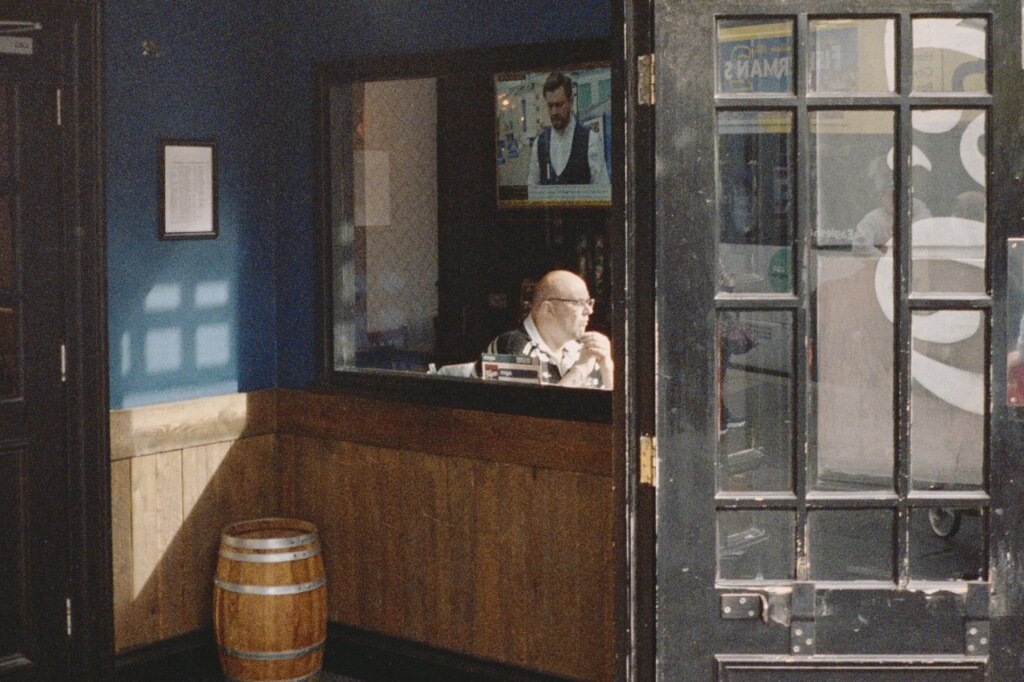
Chapter 1: Size Matters – The Art of the Pocketable Camera
The Fuji Zoomdate 1300 embodies the adage, «good things come in small packages.» Its soap bar form factor, silver design, and solid metal front panel lend it a subtle yet clean appearance. This compact marvel is the perfect size and weight for slipping into your pocket, making it an ideal everyday carry that you can take out when an opportunity presents itself.
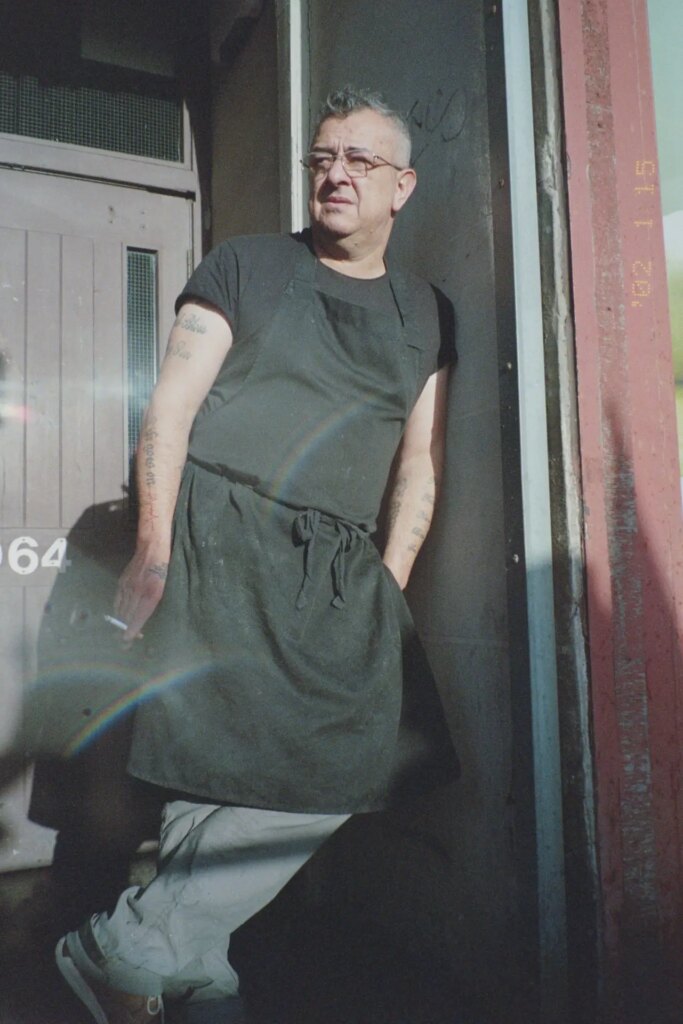
Equipped with cutting-edge tech from the early 2000s, this pocket-sized powerhouse boasts very accurate passive Autofocus, a diopter adjustment, auto-adjusting flash (zooms with the lens) electron beam coating (Super EBC Fujinon! I like to think this is the special sauce for the great contrast?), and aspherical elements. You have macro and infinity mode – the infinity mode is handy for shooting through dirty windows or other situations that may fool the autofocus. For the spec enthusiasts, the 28-130mm has 7 elements in 6 groups, starting at f5.8 and ending at a pretty dull f11.5. It’s a tiny, technological marvel that packs a punch in the image quality department. Max shutter speed is 1/500s, which again is really respectable and all you need to freeze movement in the street. The sharpness and contrast at the wide end is really surprising, with just a bit of vignetting and the tiniest bit of smearing in the corners to add some delicious character (because perfect is just boring). Distortion seems a non-issue in my use, where other cameras have failed me in that department – Olympus XA4, I’m looking at you with your weird and wavy distortion pattern.
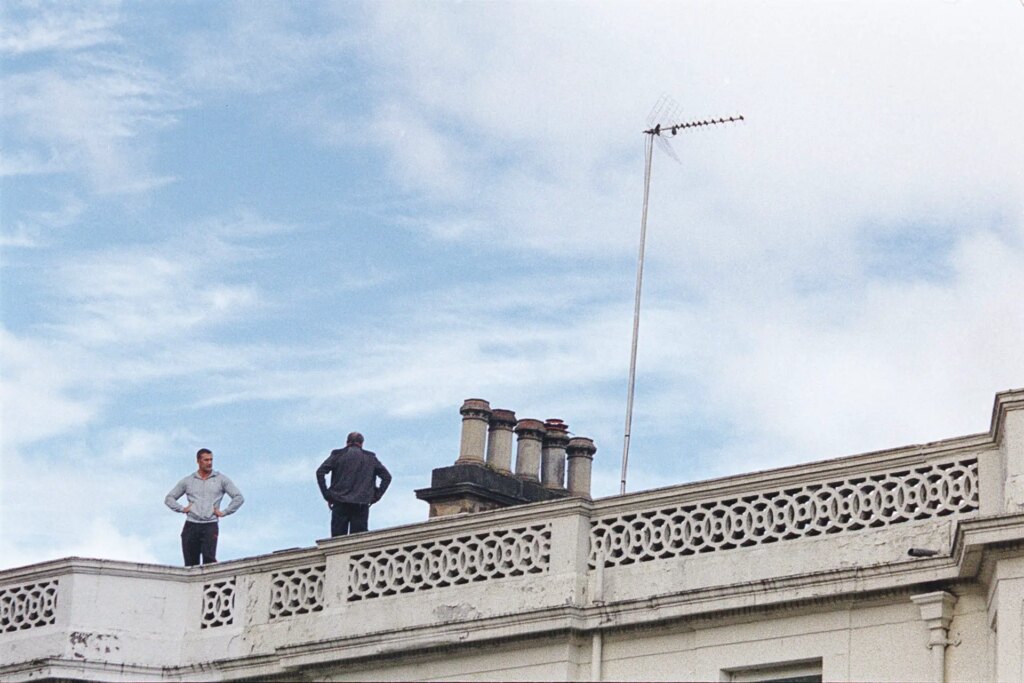
Chapter 2: How I Learned to Stop Worrying and Love the Zoom
Now, I’ll be the first to admit that I was initially skeptical about the whole “zoom” thing. I mean, who needs a 130mm zoom on a tiny point and shoot? But after playing around with the Fuji Zoomdate 1300, I realised that versatility is its greatest strength. The 28mm wide-angle lens is perfect for up-close-and-personal street scenes or stealthy hip shots (and sadly a rare focal length in an affordable point and shoot). And for those moments when you can’t quite get close enough, the telephoto end of the zoom comes in handy.
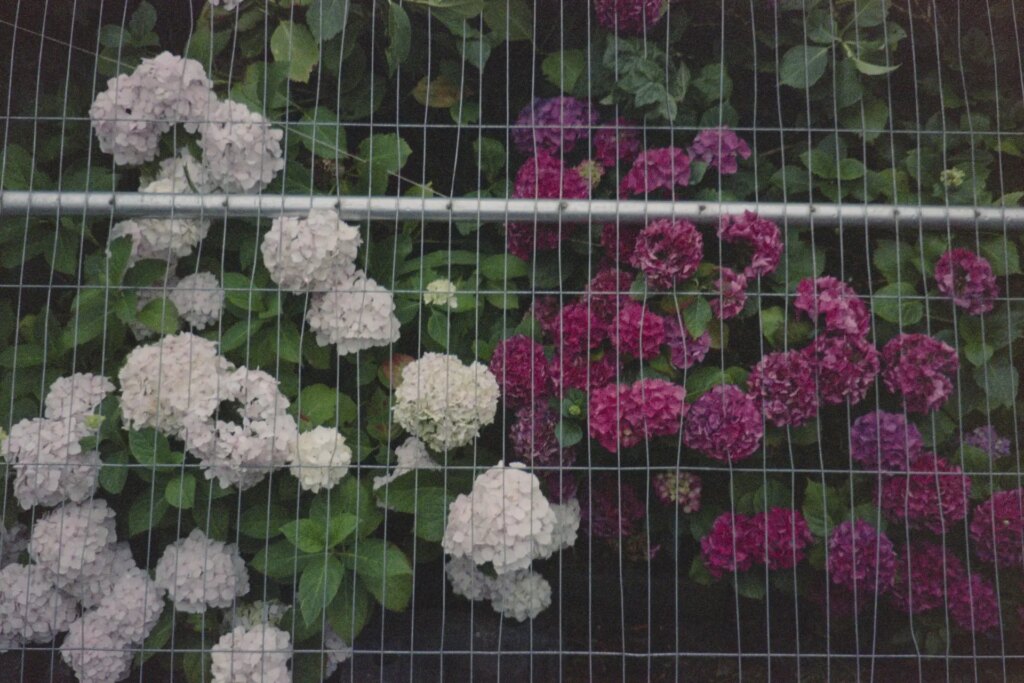
Now, I know what you’re thinking: “But doesn’t image quality suffer at the long end of the zoom?” Well, my friends, yes and no. While it’s true that images can get a tad soft at 130mm, I firmly believe that in street photography, a slightly blurry image is better than no image at all. After all, it’s all about capturing the moment any way you can, right? And don’t forget about the focal lengths in between. You have 35mm and 50mm for those more classic perspectives (to my knowledge, there are no prime lensed 50mm P&S!), and 60mm to 90mm for light telephoto perspective. I agree the 130mm is a bit of a gimmick, but on those rare occasions you can actually get a nice shot with it.

Chapter 3: The Good, the Bad, and the Quirky
As enamored as I am with the Fuji Zoomdate 1300, I must admit that it’s not without its flaws (but then again, who is?). This unassuming camera has a few quirks and issues that you should be aware of before you dash out to purchase one.
For one, the build quality leaves something to be desired, which I suppose is the trade-off for the camera’s diminutive size and advanced features. I’ve had to clean the zoom and menu button contacts on mine, and the other two I’ve purchased had issues ranging from worn focus motors to dead LCDs and light leaks from the lens. So, brace yourself for the possibility that your camera may need some TLC, or be ready to fork out a bit extra for a tested one.
Another potential drawback is the camera’s low aperture. While great for nailing focus and achieving a deep depth of field, it can be limiting in low-light situations. But hey, it’s a tiny point and shoot, not the Hubble telescope, so don’t expect miracles in the darkest recesses of the city.
Lastly, while most zoom point and shoots stayed on eBay shelves a couple years ago, it seems prices have picked up slightly, and most of the zoomdates I see go for around 60£ now. I bought mine for about 15£ four years ago so that’s a steep rise.
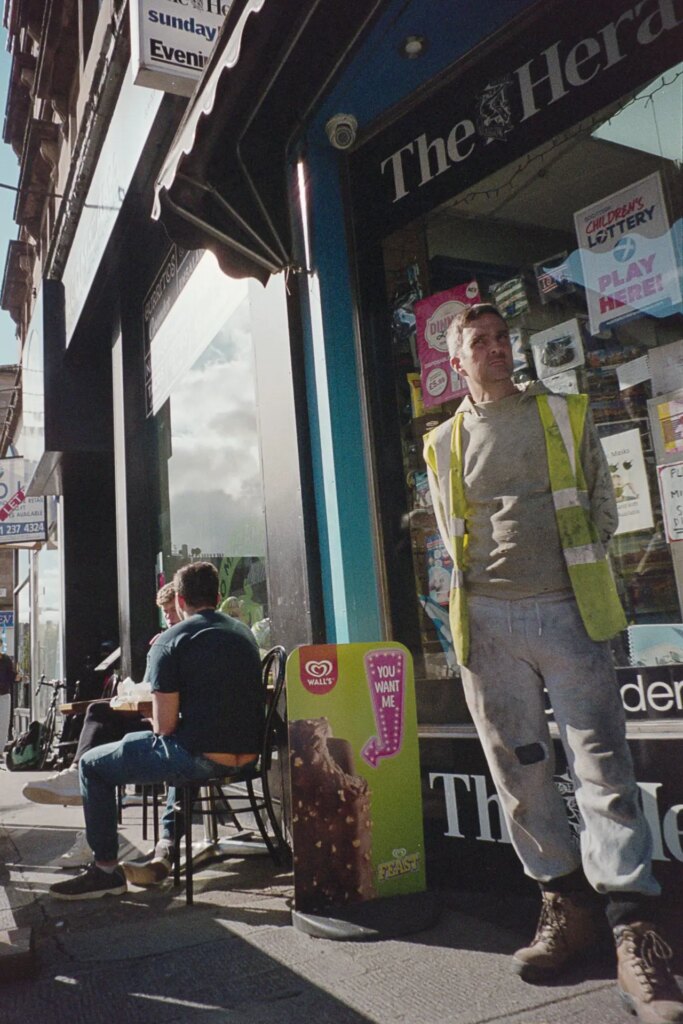
Chapter 4: Street Philosophy and Personal Preferences
For me, the beauty of street photography lies in capturing expressions, gestures, interesting people going about their day, or unusual scenes that can disappear in an instant. With the Zoomdate 1300, you’re able to do just that – even if it means embracing some of its imperfections. Sure, it’s not always the sharpest tool in the shed, but it’s the perfect companion for those who appreciate the beauty in the mundane.
Some of the greats, like Robert Frank and Daido Moriyama, have used point and shoots to capture city life (respectively a MJU1 and a Ricoh GR1). In that spirit, the Zoomdate 1300 allows you to focus on your environment rather than fumbling with settings and dials, giving you the freedom to truly immerse yourself.
A zoom point and shoot is an everyday carry that can do it all, but that also makes it a fantastic backup when you’re experimenting with unique cameras and lenses (think 20mm or super telephoto). If you happen upon a moment that begs for a more natural perspective, the Zoomdate 1300 has got your back. The only thing it struggles with is natural light at night, but in a pinch, you can always resort to using the flash.
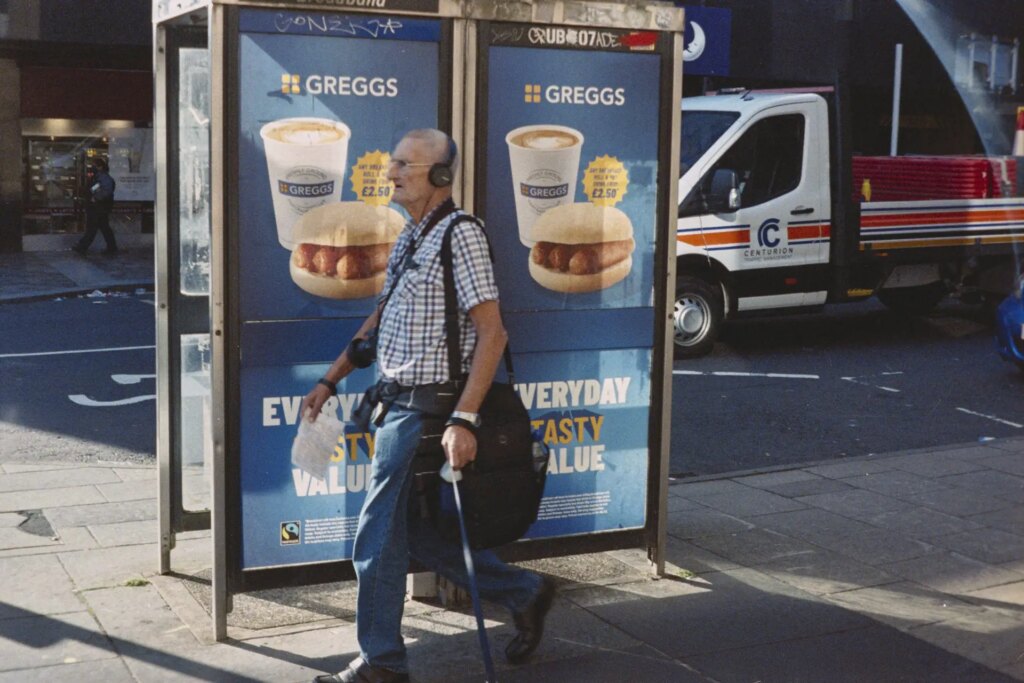
The Verdict – To Zoom or Not to Zoom
So, is the Fuji Zoomdate 1300 the perfect camera for everyone? No, but it’s certainly a fantastic option for those seeking a compact, versatile, and affordable camera for street photography. It’s a bit like a Tamagotchi – if you don’t give it care and attention it might just die on you (or it might decide to die randomly no matter what). Its limitations and imperfections only add to its charm, and in my opinion, it’s a camera that firmly deserves its spot in my collection.
In the end, it all comes down to perspective. If you’re willing to embrace the quirks of the Zoomdate 1300 (and find one that actually works), you’ll find that it can be an invaluable tool in your street photography arsenal. So, I ask you: To zoom or not to zoom? That, my friends, is the question.
Thanks for reading!
If you’re interested to see more street photography, I have a street photography exhibition coming up this June (2023) in Glasgow: https://www.alchemyexperiment.com/a-new-world-gaston-welisch
I also have recently started a Youtube channel where I speak about street photography, cameras and show POV footage of what it’s like taking pictures in Glasgow: @GastonW
Finally like most photographers I have an instagram (there is no escape): @cigaregentique
Share this post:
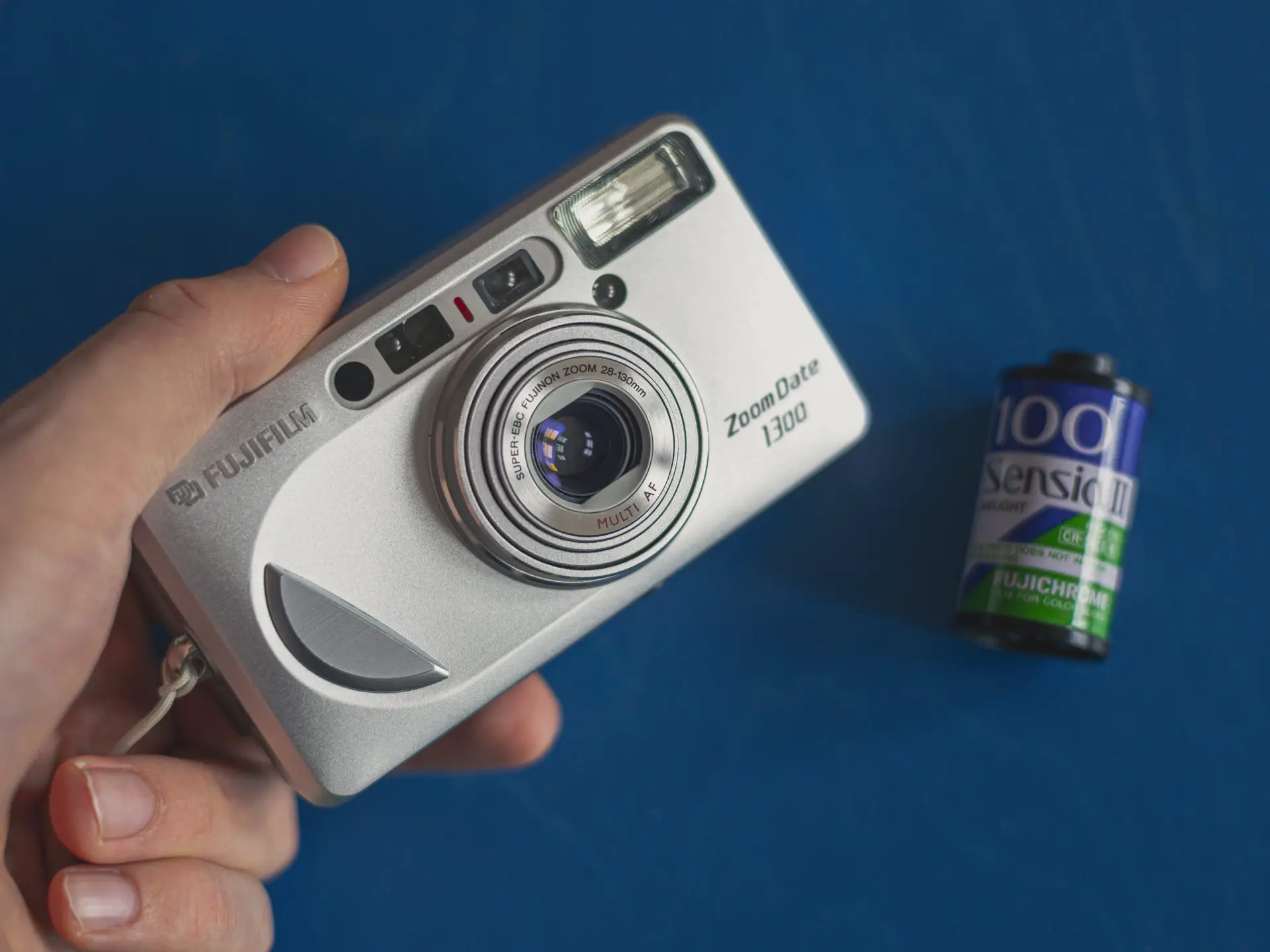








Comments
Stala Gavrielides on Fuji Zoomdate 1300 – Is that a telephoto in your pocket or are you just happy to see me?
Comment posted: 29/05/2023
Even though you’re running out of Fuji Superia 1600, maybe give Candido (ISO 800) a try in the future.
Lance Rowley on Fuji Zoomdate 1300 – Is that a telephoto in your pocket or are you just happy to see me?
Comment posted: 29/05/2023
Bill Brown on Fuji Zoomdate 1300 – Is that a telephoto in your pocket or are you just happy to see me?
Comment posted: 29/05/2023
Best on your upcoming exhibition.
Comment posted: 29/05/2023
Comment posted: 29/05/2023
Comment posted: 29/05/2023
Comment posted: 29/05/2023
Comment posted: 29/05/2023
Comment posted: 29/05/2023
Anders on Fuji Zoomdate 1300 – Is that a telephoto in your pocket or are you just happy to see me?
Comment posted: 30/05/2023
This is a wonderful review! I agree with a lot of the other folks here, P&S cameras are extremely underrated! I've been using a Leica Minizoom I discovered in my mom's closet. These things can be such wonderful pocketable-powerhouses; some of my favorite pictures I've taken have been with the Minizoom!
Thanks for writing, this was great!
Michael Elliott on Fuji Zoomdate 1300 – Is that a telephoto in your pocket or are you just happy to see me?
Comment posted: 01/06/2023